Every afternoon since they started staying in their Texas home due to the coronavirus outbreak, the Canonico sisters — ages two, four and 10 — spend some time banging on the floor with kitchen utensils.
It’s not just idle play: they are taking online classes from a local kids’ gym in Houston to burn up some of their pent-up energy — and to learn crucial motor and social skills at the same time.
Kinley, Caylee and Riley had already attended baby fitness programs over the years at their local branch of The Little Gym, a chain focused on movement-based learning.
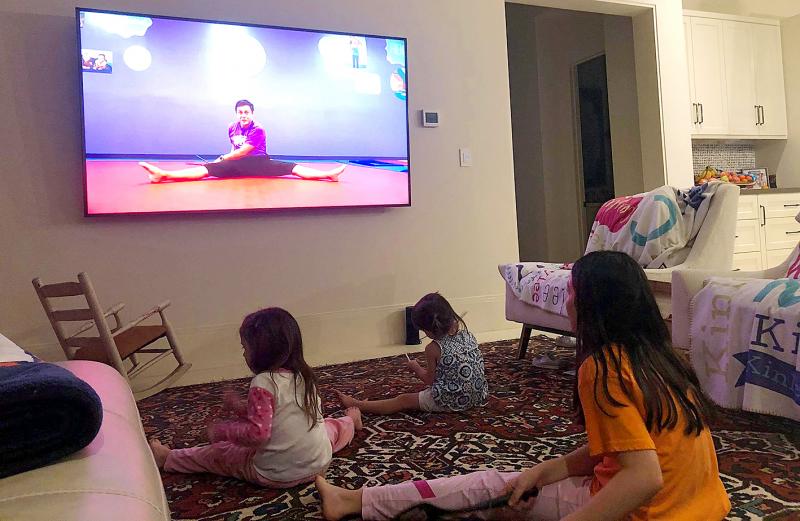
Photo: AFP
When authorities in Houston — like many other jurisdictions around the US — issued a stay-at-home order last week, their mother Lauren Soliz said she was all-in for them to pick up some classes online.
“We definitely want their mental health to equal their physical health,” Soliz said.
“Yes, they can watch their iPads for a certain amount of time every day. But we’re also getting in our physical health too.”
‘FEELING THE STRESS’
Soliz, 37, works as a tax consultant. With three girls to take care of at home and random meetings by phone throughout the day, she says it’s virtually impossible to maintain a schedule.
Nevertheless, she has figured out how to set up regular exercise breaks — bike rides around their neighborhood after breakfast, YouTube yoga classes.
And now, several times a week, Soliz’s daughters — dressed in tank tops and shorts or their pastel-colored pajamas — follow along with a video class from The Little Gym.
“The girls love it, and they think it’s playing,” she said. Riley, the 10-year-old, is just as enthusiastic about the classes as her little sisters, hopping in place or turning in circles.
“I think it’s fun and it’s time-consuming so it helps because we’re just stuck inside,” she said.
Soliz said the classes are a good way to blow off some steam.
“We’re all feeling the stress and the anxiety and the unknown and uncertainty of, you know, how long is this going to be?” she said.
The US government’s Centers for Disease Control and Prevention has published guidelines for parents about how to help children throughout the crisis.
“Encourage your child to play outdoors — it’s great for physical and mental health. Take a walk with your child or go on a bike ride,” the CDC says.
But if outdoor play is impossible, it recommends “indoor activity breaks” for stretching and dancing.
The CDC suggests that children from the ages of six to 17 get at least 60 minutes of moderate to vigorous physical activity a day — not easy when three out of four Americans have been ordered to stay home.
Alex Tellez, who runs one of the Houston-area Little Gyms, says parents pleaded with him for online content to use with their kids as the health crisis ramped up.
“Whether or not you have a specific outlet for children’s energy, it will escape. They are going to run, they are going to play and that’s because they need stimulation,” he said.
Tellez was forced to shut down his gym to comply with the strict stay-at-home order, and isn’t sure when it will reopen.
His team pre-recorded a number of classes at their facility, and has been putting them up several times a week on Facebook and YouTube.
Teachers in athletic gear on red mats guide the children through exercises as they would in the actual gym.
“It makes it a little bit easier for a lot of families to just put it on their TV, rather than having to put it on their phone or on their computer,” said Tellez.
Usually, a class at The Little Gym costs about US$25 — a significant amount for some families. But Tellez has posted the classes for free. “It was a bit of a transition for us because so much of the material is proprietary,” he explained. “But in these times, we feel that it’s important not only for the business to be able to stay in touch with our customers on a regular basis, but for them to continue experiencing the value of our program.”
Of course, the hope is that once the stay-at-home period is over, families like Soliz’s will head back to the gym.
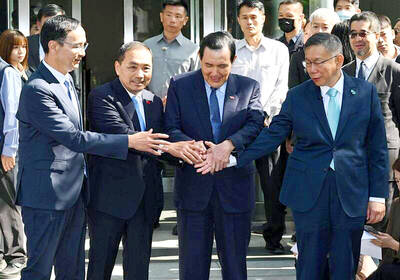
Has the Taiwan People’s Party (TPP) changed under the leadership of Huang Kuo-chang (黃國昌)? In tone and messaging, it obviously has, but this is largely driven by events over the past year. How much is surface noise, and how much is substance? How differently party founder Ko Wen-je (柯文哲) would have handled these events is impossible to determine because the biggest event was Ko’s own arrest on multiple corruption charges and being jailed incommunicado. To understand the similarities and differences that may be evolving in the Huang era, we must first understand Ko’s TPP. ELECTORAL STRATEGY The party’s strategy under Ko was
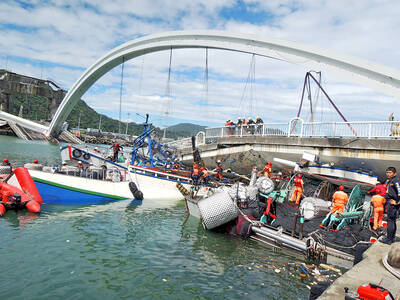
Before the recall election drowned out other news, CNN last month became the latest in a long line of media organs to report on abuses of migrant workers in Taiwan’s fishing fleet. After a brief flare of interest, the news media moved on. The migrant worker issues, however, did not. CNN’s stinging title, “Taiwan is held up as a bastion of liberal values. But migrant workers report abuse, injury and death in its fishing industry,” was widely quoted, including by the Fisheries Agency in its response. It obviously hurt. The Fisheries Agency was not slow to convey a classic government
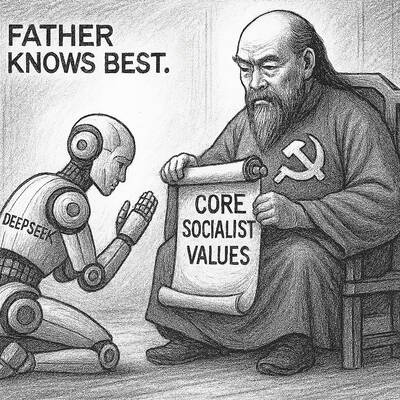
It’s Aug. 8, Father’s Day in Taiwan. I asked a Chinese chatbot a simple question: “How is Father’s Day celebrated in Taiwan and China?” The answer was as ideological as it was unexpected. The AI said Taiwan is “a region” (地區) and “a province of China” (中國的省份). It then adopted the collective pronoun “we” to praise the holiday in the voice of the “Chinese government,” saying Father’s Day aligns with “core socialist values” of the “Chinese nation.” The chatbot was DeepSeek, the fastest growing app ever to reach 100 million users (in seven days!) and one of the world’s most advanced and
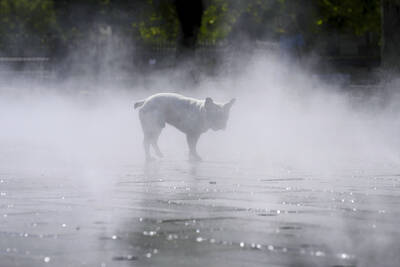
It turns out many Americans aren’t great at identifying which personal decisions contribute most to climate change. A study recently published by the National Academy of Sciences found that when asked to rank actions, such as swapping a car that uses gasoline for an electric one, carpooling or reducing food waste, participants weren’t very accurate when assessing how much those actions contributed to climate change, which is caused mostly by the release of greenhouse gases that happen when fuels like gasoline, oil and coal are burned. “People over-assign impact to actually pretty low-impact actions such as recycling, and underestimate the actual carbon